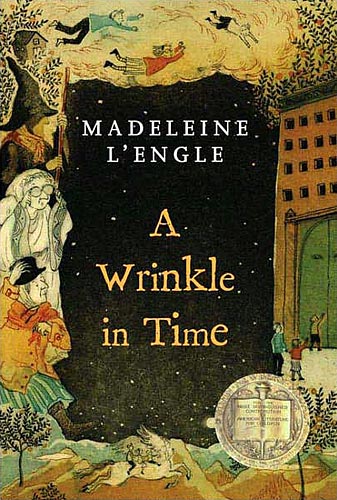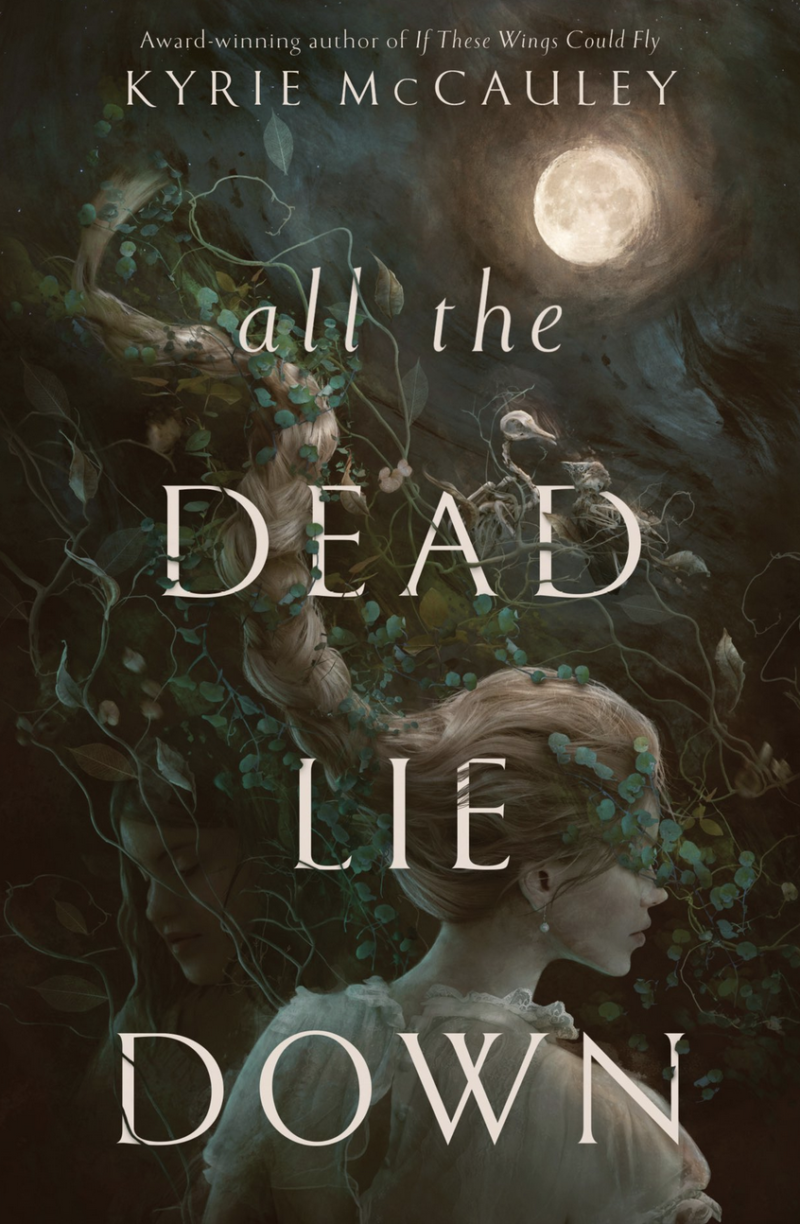[button color=”black” size=”big” link=”http://affiliates.abebooks.com/c/99844/77798/2029?u=http%3A%2F%2Fwww.abebooks.com%2Fservlet%2FSearchResults%3Fisbn%3D9780440901587″ target=”blank” ]Purchase here[/button] In four books published between 1962 and 1986, American author Madeleine L’Engle created a unique world of cosmic fantasy, with the six members of the exceptional Murry family caught up in the classic battle between good and evil.
Mr. and Mrs. Murry are renowned scientists. The father is constantly being called to Washington to consult with the President, or to Cape Canaveral to consult with NASA. The mother is doing her own private experiments in an old stone dairy-pantry converted into a lab, where she earns a Nobel Prize while cooking her children’s dinners over a bunsen burner. The middle children, twin boys Sandy and Dennys, are bright and athletic and popular, and quite ordinary. With the exception of the last novel in the Quartet, however, most of the action centers on two members of the family: the oldest child, ugly-duckling Meg, going through a difficult adolescence; and the extremely gifted but mysterious baby of the family, Charles Wallace.
Together with a lanky, redheaded boy from the wrong side of the tracks, named Calvin O’Keefe, Meg and Charles (and others) have a series of adventures that bring them in contact with the evil Echthroi–fallen angels bent on erasing everything from existence–and various other sinister forces. But they also meet a series of wonderful beings who help them combat the forces of darkness, maintain the balance of the universe, and keep the Old Music of the spheres humming even into our shadowed, troubled world.
Whether you are a Christian or not, these unique stories will trouble, challenge, excite, and uplift you. Though L’Engle is outspoken in her Christian beliefs, these novels are not evangelical tracts or creedal statements. They express a unique worldview, at least of a fantasy world (but a very realistic one, much like our own); a world sometimes visited by cherubim, centaurs, angels, and unicorns; a world in which all matter, and all living things, join in a song of praise and a dance of joy to the Creator, and yet where evolution is presupposed; a world in which Celtic runes, Bible stories, and quotes from the Psalms interweave with myths, tribal religions, and a vaguely cyclic view of history; a world in which Jesus, Ghandi, and Buddha are listed as comrades, and in which time travel, space travel, molecular biology, quantum physics, metaphysics, and theology intertwine.
It’s very weird, but it’s also thrilling, moving, romantic, and full of lovable characters. And it teaches lessons–lessons about love and hate, faith and skepticism, war and peace, forgiveness and sacrifice. I recommend the Time Quartet, which I read and re-read in three different decades of my life and still find just as challenging and magical as ever. Though L’Engle is a prolific author, and I have heard good report of some of her other books (such as Meet the Austins and the whole series of teen-romance-fantasy-mysteries that follow it), these are the only ones I’ve ever seen on sale. They are, apparently, by far her most popular works. The books of the Time Quartet are A Wrinkle in Time (1962), A Wind in the Door (1973), A Swiftly Tilting Planet (1978), and Many Waters (1986).


